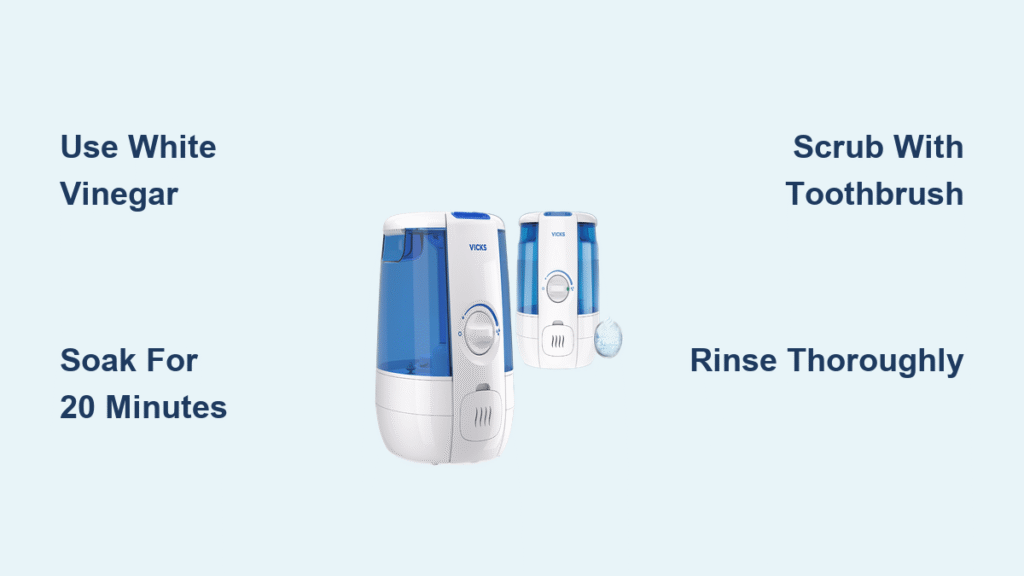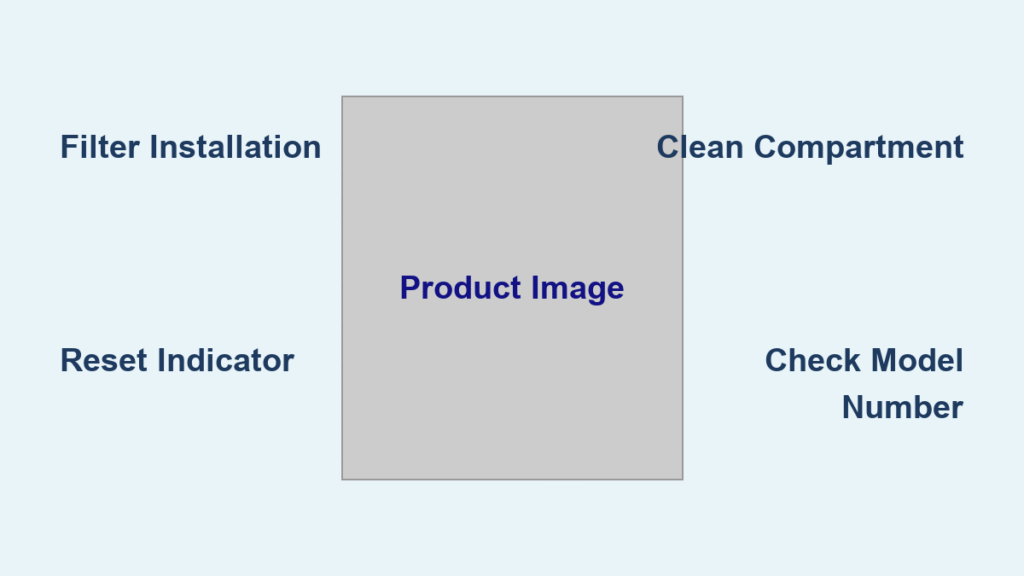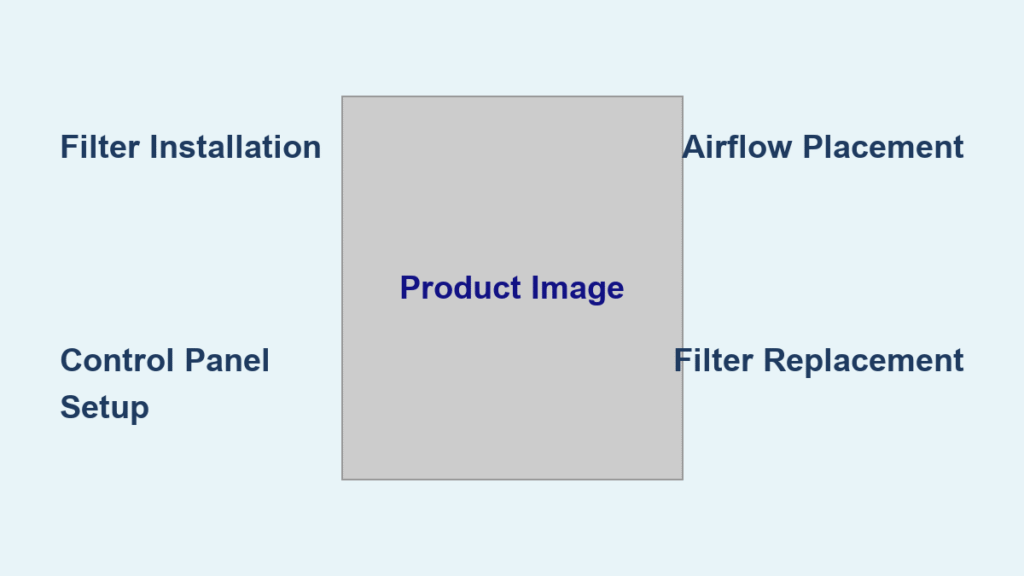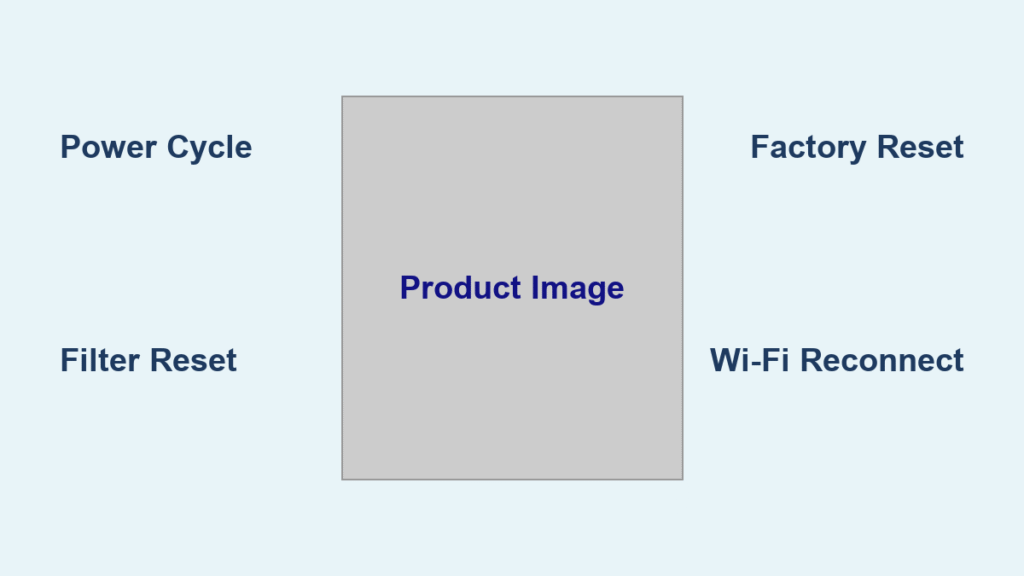Your Vicks humidifier silently battles dry air all season long, but that comforting mist comes at a cost. Within weeks, invisible mineral deposits and bacteria accumulate inside the tank and base, creating white crust on heating elements or clogging ultrasonic discs. This scale doesn’t just reduce mist output—it can release contaminated moisture into your breathing space. The solution? White vinegar cuts through stubborn limescale naturally without harsh chemicals. In this guide, you’ll discover the exact vinegar cleaning method that restores performance and keeps your family breathing safely.
Cleaning your Vicks humidifier with vinegar takes less time than brewing coffee and prevents costly replacements. Forget confusing commercial cleaners—this approach uses pantry staples to dissolve calcium deposits while eliminating 99% of bacteria. Whether you own a warm mist model for winter sniffles or a cool mist unit for year-round comfort, I’ll show you how to make vinegar work like a professional technician. By the end, you’ll know precisely how long to soak parts, which tools to use, and how to avoid the dangerous mistake that creates toxic fumes.
Why Vinegar Outperforms Chemical Cleaners for Vicks Humidifiers
Vinegar’s acetic acid penetrates mineral deposits at a molecular level, breaking calcium bonds without scratching delicate components. Unlike abrasive descaling tablets or bleach-based cleaners, vinegar won’t corrode heating elements or leave chemical residues in your mist. Commercial cleaners often contain harsh solvents that degrade plastic reservoirs over time—vinegar costs pennies per cleaning while being safe for all Vicks models.
Key advantages of vinegar cleaning:
– Zero toxic fumes during operation (unlike chemical cleaners)
– Preserves sensitive parts like nebulizer discs and metal springs
– Works while you sleep—extended soaking handles severe buildup
– Prevents pump damage by removing scale before it seizes mechanisms
– Eliminates musty odors by destroying mold at the source
How Vinegar Dissolves Scale Without Damaging Components
Watch for tiny bubbles forming on crusty deposits within minutes—this fizzing action means vinegar is dissolving calcium carbonate. The acid targets only mineral buildup, leaving plastic and metal surfaces intact. For severe encrustation, vinegar’s slow penetration prevents the pitting caused by aggressive cleaners. Never use undiluted vinegar on rubber seals though—dilute to 50/50 strength for gasket areas.
Your 15-Minute Weekly Vinegar Cleaning Routine for Vicks Humidifiers
Gather These 5 Essential Supplies
- 100% distilled white vinegar (no substitutes—apple cider won’t work)
- Soft-bristled toothbrush (dedicated for cleaning only)
- Non-scratch sponge (blue Scotch-Brite type)
- Soup bowl (for tilt technique in warm mist units)
- Clean microfiber cloths (paper towels leave lint)
Unplug and Empty Before Starting
Critical safety step: Always unplug the unit and drain all water first. Never clean while plugged in—water contact with electrical components causes short circuits. If your model has a filter, remove it immediately to prevent vinegar damage. Work near your sink on a towel to catch spills.
Fix Reduced Mist Output: Warm Mist Vicks Humidifier Deep Clean

Disassemble Without Losing Parts
Remove the water tank, cooling chamber, and removable tray. Place small components like metal springs in a bowl to avoid losing them. For models with visible white crust on the heating element, focus your vinegar attack here first.
Target Mineral Deposits With Tilt Technique
Fill the base with undiluted vinegar until the heating element is submerged. For units with delicate metal springs (common in newer models), place a soup bowl under one side to tilt the base. This pools vinegar only on scaled areas while protecting springs from prolonged acid exposure. Never submerge springs completely—they corrode within hours.
Soak and Scrub Without Scratching
Let vinegar work for at least 20 minutes—heavy buildup requires 4+ hours. After 10 minutes, gently scrub loosened deposits with your toothbrush using circular motions. Stop immediately if you see metal turning dark—this indicates overexposure. Rinse thoroughly with warm water until no vinegar smell remains, or your next mist session will smell like pickles.
Restore Cool Mist Performance: Ultrasonic Vicks Humidifier Cleaning
Clean the Nebulizer Disc Safely
Cool mist models fail when scale coats the ultrasonic disc. Remove the water tank and fill the base with vinegar to cover the disc. Soak removable parts like the water tray separately. For the disc itself: dip a cotton swab in vinegar and gently wipe in straight lines—never circular motions that damage the precision surface.
Deep Clean the Pickup Tube
This hidden component clogs fastest. Fill the water tray with 1 cup vinegar and let sit 30 minutes. Use your toothbrush to scrub the tube’s interior while holding it vertically—mineral deposits hide where the tube meets the base. Check for clear water flow by rinsing with warm water; if flow is weak, repeat soaking.
Monthly Disinfection: Vinegar Cleaning Alone Isn’t Enough
Why Bleach Follows Vinegar (Safely)
Vinegar removes scale but doesn’t kill all bacteria. Never mix vinegar and bleach—this creates deadly chlorine gas. Always rinse thoroughly after vinegar before using bleach. The EPA requires this two-step process for humidifiers used daily.
Safe disinfection protocol:
1. Mix 1 tsp bleach per gallon of warm water
2. Fill tank and let solution drain into base
3. Soak 20 minutes (set a timer—over-soaking damages plastics)
4. Rinse 3+ times until bleach odor vanishes completely
Handle Your Specific Vicks Model Correctly

Tankless Units: Sponge Application Method
For Vicks models without removable tanks (like the Starry Night): soak a sponge in vinegar and squeeze excess liquid. Wipe interior surfaces in slow, overlapping strokes—never drip vinegar into electrical compartments. Focus on the water reservoir bottom where scale hides.
Filter Systems: Critical Replacement Rules
Never immerse filters in vinegar—it destroys the antimicrobial coating. Remove filters before any chemical cleaning. For Vicks models with cartridge filters (like the Warm & Cool), replace them monthly during high-use seasons. Air-dry reusable filters completely before reinstalling.
Prevent Scale Between Cleanings With These Daily Habits
Water Quality Makes or Breaks Your Cleaning Schedule
Use distilled water exclusively—it reduces mineral buildup by 90% compared to tap water. Hard water areas require weekly vinegar cleaning; soft water areas can stretch to every 10 days. Never add essential oils—Vicks explicitly warns this damages internal components.
Daily maintenance that saves weekly cleaning time:
– Empty tank completely after each use
– Rinse tank with warm water before refilling
– Wipe exterior with damp cloth to prevent dust buildup
– Store unit with tank inverted to dry completely
Fix Stubborn Problems: Heavy Buildup and Mold Solutions
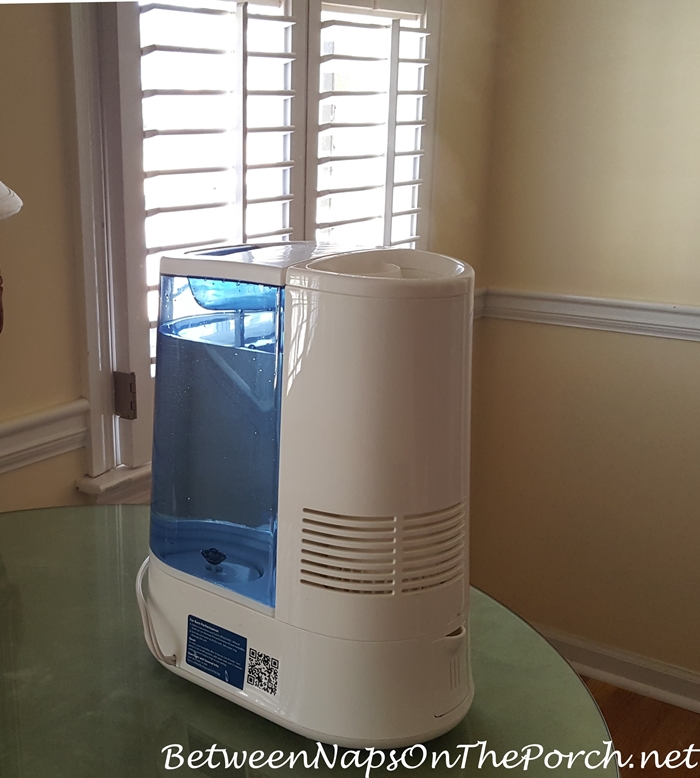
Break Through Calcium Encrustation
When vinegar bubbles stop forming after 30 minutes, the acid is spent. Replace vinegar every 4 hours for severe cases—don’t let it dry out. After soaking, use a plastic knife (never metal) to gently scrape deposits. For heating elements, wrap vinegar-soaked paper towel around crusty areas for targeted action.
Eliminate Musty Odors Permanently
Persistent smells mean mold hides in crevices. Increase cleaning frequency to every 3 days and add this step: after vinegar rinse, wipe all surfaces with 70% isopropyl alcohol on a cotton ball. Pay special attention to the water tray seam where mold nests. Replace filters immediately if they smell musty.
Store Your Vicks Humidifier to Prevent Off-Season Damage
End-of-Season Deep Clean Protocol
Before storing for summer: complete full vinegar cleaning, then disinfect with bleach solution. Dry all parts for 48+ hours—trapped moisture causes mold during storage. Remove filters entirely; they degrade when stored damp. Store base and tank separately with paper towels inside to absorb residual humidity.
Performance Check Before Winter Use
After storage: fill with clean water and run for 10 minutes. Listen for grinding noises (indicates scale in pump) and check mist output volume. If performance is weak, repeat vinegar cleaning before regular use. Never operate a stored unit without this verification—old scale can overheat components.
Warning Signs Your Vicks Humidifier Needs Immediate Cleaning
Stop using immediately if you notice:
– Visible black specks in mist (mold spores)
– White powder residue around the base (calcium dust)
– Gurgling sounds during operation (clogged pickup tube)
– Reduced mist output by 50% or more
Ignoring these signs risks releasing contaminated moisture into your bedroom air. Perform emergency vinegar cleaning within 24 hours to prevent respiratory irritation.
Time-Saving Vinegar Hacks From HVAC Technicians
Pro tip: Keep a spray bottle of 50/50 vinegar-water in your bathroom. After showering, mist the humidifier tank interior—steam opens pores for deeper cleaning. This takes 30 seconds and cuts deep cleaning time in half.
Efficiency hack: Clean during laundry day—soak parts while clothes wash. Set phone timers for 20/40/60 minute intervals to manage soaking without babysitting. For frequent cleaners, store vinegar-soaked paper towels in ziplock bags for instant scale attacks.
Your Vicks humidifier deserves this simple monthly ritual to protect your family’s health. Vinegar’s natural power dissolves mineral armor that shelters bacteria, turning your unit from a potential hazard into a reliable comfort ally. By following these specific steps—especially the tilt technique for warm mist models and nebulizer disc care for cool mist—you’ll extend your humidifier’s life by years. Start this weekend: empty tonight’s tank, grab that vinegar bottle, and breathe easier tomorrow knowing every mist particle is clean. For ongoing success, pair vinegar cleaning with distilled water and monthly filter replacements—your lungs will thank you all season long.

